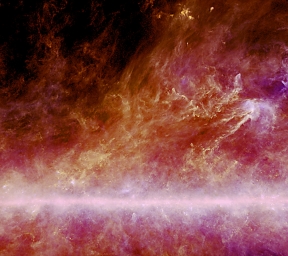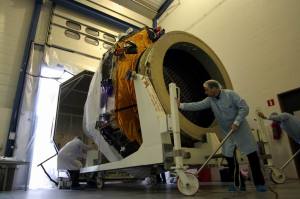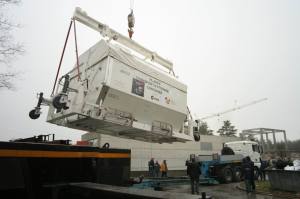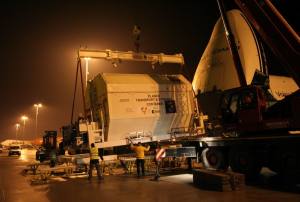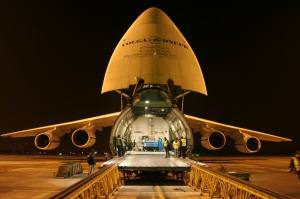It’s been a hectic few days here in Paris, and I’ve finally managed to find time to write about the results. The Planck team has released results focussing on “foregrounds”, which the satellite has to look through to see the Cosmic Microwave Background. This includes compact sources, which Planck doesn’t resolve in great detail, and also dust and gas between the stars in our own Galaxy. Planck’s wide wavelength range, running from radio waves of 1 cm wavelength, to the far-infrared and submillimetre, with wavelengths of 0.3mm, means that it sees a wide variety of sources with a huge range of physical characteristics. ESA has released the “Early Release Compact Source Catalogue”, containing over 15,000 objects, and now available for the entire astronomical community to utilise in their studies.
Meanwhile, here in Paris, astronomers from not just Planck, but also a wide range of other telescoipes and instruments, have been talking about the wide range of astronomical results relevant to the latest release of data. I’m currently late for the first talk, so I’d better go and listen. Much more information on the latest data and results is available on the UK Planck site, and also on the ESA site. The results have also featured heavily in the News, such as Jonathan Amos’ excellent article on his BBC News blog.

